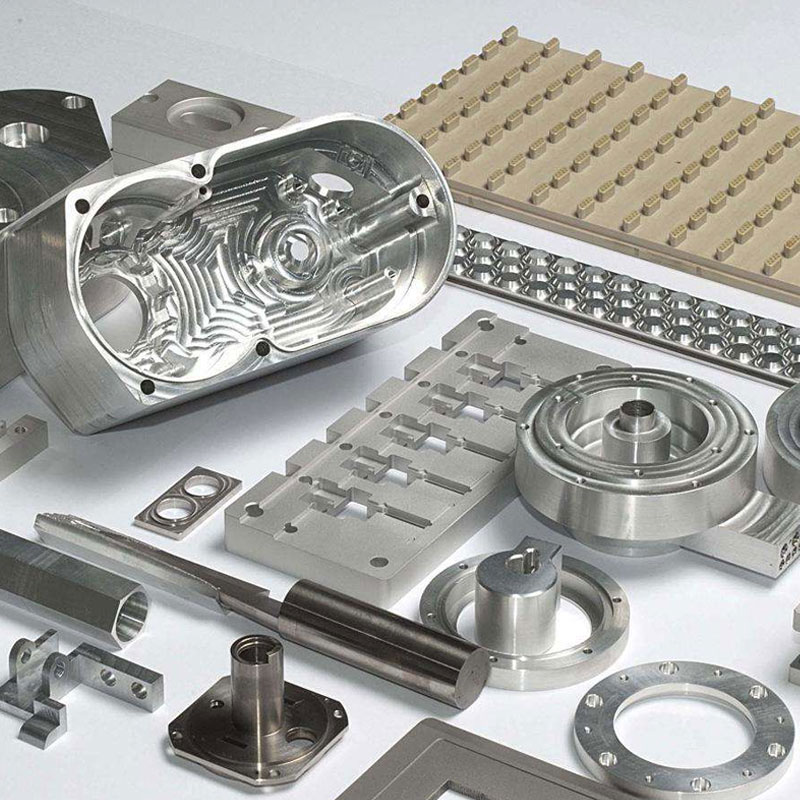(1) Titanium for containers is based on the current titanium material standard, so the order should first meet the technical requirements in the titanium material standard.
Because these titanium material standards are not special material standards for pressure vessels, but general material standards, only the technical requirements in the titanium material standards cannot yet meet the technical requirements for titanium for containers, and supplementary technical requirements must be proposed. The general supplementary technical requirements are proposed in this standard; the special supplementary technical requirements for the titanium materials used in specific containers are proposed in the container design drawings and technical documents. The technical requirements for ordering titanium for containers should be the sum of these three parts
(2) Deformed titanium for containers requires annealed supply.
In the current titanium product standards, only the tube and heat exchange tube standards stipulate that the supply is in an annealed state, and the supply state in the standard of plates, rods, and forgings is selected by the purchaser. If the purchase contract does not indicate the requirement for annealing In the state of supply, the supplier generally supplies hot or cold.
Both the bar and forging standards stipulate that the mechanical properties are tested on the sample blank after heat treatment, that is, the mechanical properties of the sample are qualified, which does not mean that the titanium material supplied is also annealed, nor that the titanium material supplied has reached Qualified mechanical properties listed in the warranty book. It is required that the supplied titanium material and the mechanical property sample are in the same annealing state, that is, the sample blank should be taken from the annealed titanium material or its extension.
(3) The titanium used in the container should ensure the room temperature tensile strength σb and the specified residual elongation stress σ.r02 as mandatory technical requirements.
In some titanium standards, σ.r02 is not clearly required, some are only additional requirements, and some are only tested when required by the purchaser (only to provide measured data, there is no guarantee), these can not meet the requirements of the container The requirements of titanium should be clearly defined as mandatory requirements in the purchase contract. If the qualification index is not listed in the titanium standard, the qualification indications listed in Tables 4-1 to 4-5 of this standard may be used, or the qualification index may be separately determined through negotiation, but the maximum allowable tensile stress value at this time is also To be determined separately.
(4) Among the standards for titanium products, only the standards for heat exchange tubes and forgings have listed non-destructive testing as mandatory technical requirements. If users have no special requirements, they can follow the requirements of their nondestructive testing. The titanium plate standard does not mention the requirements for non-destructive testing. CD1308-87 proposes five situations that require titanium plates for ultrasonic testing.
1. The design temperature is below -60
2. Design pressure exceeds 6
3. Used as the inner cylinder of multi-layer pressure equipment;
4. Used as a lining for Sana’s pressure vessels and heat exchangers;
5. The thickness of the titanium plate is greater than 20mm
(5) Considering the determination of non-destructive testing of the steel plate by GB150, it is mainly distinguished by the thickness of the steel plate. Thick plate thickness is easy to cause defects. The thick plate is also mainly used for large load-bearing occasions. Sometimes the fashion of ordering cannot be fully understood. What kind of application conditions a titanium plate is used for, so this standard only stipulates that titanium plates with a thickness of more than 20mm should be subjected to ultrasonic testing, and there is no unified provision for non-destructive testing under what application conditions. If necessary, design drawings and technical documents can be used Added in.
In addition, the GB/T5193 ultrasonic inspection method standard is only applicable to workpieces with a thickness of more than 13mm, and is not suitable for thin plate inspection. The Lamb wave ultrasonic inspection method can be applied to titanium plates with a thickness of 0.5mm-13mm, but the Lamb wave ultrasonic inspection method It has not been listed as a formal standard, so there is no suitable test method for thin titanium plates for lining. It is not appropriate to provide universal testing. The standard of titanium tubes that are generally used does not list non-destructive testing requirements. This standard specifies that when the design pressure exceeds 10MPa, it should be Ultrasonic or eddy current testing is carried out. In the titanium rod standard, only ultrasonic non-destructive testing is taken as an additional technical requirement. This standard does not make a unified provision, and is determined by the design according to the specific situation.
(6) The standards for titanium tubes and titanium heat pipes stipulate that the manufacturing methods of the tubes are divided into rolling (pulling), welding and welding-rolling. When ordering, you should indicate which one is in the contract, because these tubes Different inspection technical requirements and application performance (such as allowable stress) are also different.
These five situations. The first four are the application conditions of titanium. Only the latter parameter belongs to the titanium plate itself.

What’s your reaction?
Love0
Sad0
Happy0
Sleepy0
Angry0
Dead0
Wink0










